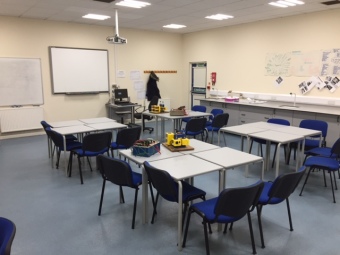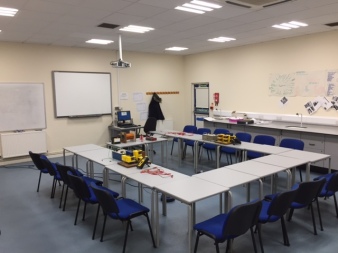Context
We have discussed learning environments before on this blog and the topic will also have been on the agenda at your LAT meetings. We have seen the impact the environment can have on learning from learning walks and this is further supported by evidence from educational research (see below for further reading).
Process
This will mean different things in different subjects and classes. Group size, allocated room, timetabling and wall space will all have an impact on the environment and we have already made great strides with examples including the use of seating plans, updating of displays and more effective communication regarding rooms, many of these coming through direct discussions with learners.
Impact
Even the most minor of adjustments can significantly enhance the learner experience, with their comfort and confidence in the classroom then leading to greater progress and achievement in line with a culture of shared high expectations. The case study below provides an excellent example of this:
Case Study
Joe Hammond joined the college in November as a lecturer in Electrical Installation. Through his LAT induction process,we discussed learning environments and room layouts. After reflecting on some of his sessions, Joe made some alterations to his classroom, as he reports:
It is hard to put to words the difference the class layout makes, the photos below show the two layouts, before and after:
Before

After

The simple process of rearranging the seating plan helped me to overcome the constraints of only having two available resources whilst also placing myself at the heart of the classroom. The adapted layout also led to a far higher level of learner engagement in the topic and task in hand.
The session was such an immersive experience for the learner, with the practical exercises and electrical sorcery I showed them, we were late leaving to the point the caretaker was pushing us out the door! I have been a little more selective in my rooms to try and get the best learning environment.
I’ve also started noticing the “drop off points” in the afternoon, and finding that when I break the lesson up between the material and online activities I’m getting great concentration right until the end.
Another example, and probably my best lesson so far, was when my class was required to submit a tender to me….the client and I would choose the individual with the best price as to who I would take on to a lucrative rewire contract. When they returned from break they entered a dimly lit room, sat at their seats whilst I played Lord Alan Sugar, with the music in the background to The Apprentice.
Their learning on this topic was tested after with really positive results, and It was a lot of fun. If this is the reaction I get with these small changes, then I’m very excited about the future.
Conclusion
Take some time to reflect on your current learning environments and consider whether alterations of any size and type could have a positive impact on the learner experience. As ever, we are keen to hear of your success stories so please use the comments section of this blog and / or the Workplace discussion groups to share, share, share!
Next Week…
A further look at the ‘drop-off points’ mentioned by Joe – when and why do they happen and how can we plan to address them?
Further Reading
http://www.teachthought.com/learning/10-characteristics-of-a-highly-effective-learning-environment/